I have recently gotten a piece of MLX 87279 audio jack. It seems to be an old discontinued piece but have managed to find its schematics online: https://www.molex.com/pdm_docs/sd/872791501_sd.pdf
However, I am having difficulty understanding the pin diagram and how I should go about wiring it up to output the analogue sound wave from the microphone. e.g. Do I need a power source for this and where should I probe the oscilloscope to get the desired signal?
Thank you!
